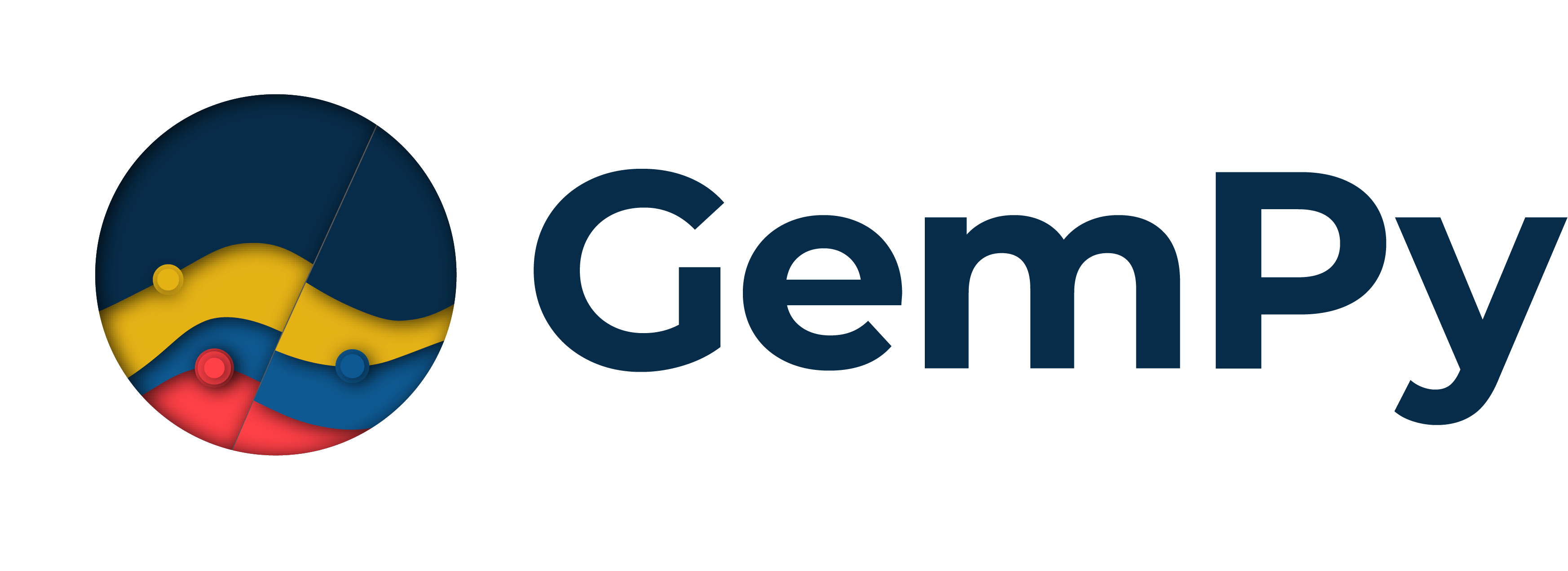Source code for gempy.core.data.structural_element
import re
from dataclasses import dataclass, field
from typing import Optional
import numpy as np
from .orientations import OrientationsTable
from .surface_points import SurfacePointsTable
"""
TODO:
- [ ] Add repr and _repr_html_ methods. Legacy representations depended on pandas, which is optional now
"""
[docs]
@dataclass
class StructuralElement:
"""
Class that represents a structural element in a geological model.
"""
name: str #: The name of the structural element.
is_active: bool #: The active state of the structural element.
_color: str #: The color of the structural element in hexadecimal format.
surface_points: SurfacePointsTable #: The points on the surface of the structural element.
orientations: OrientationsTable #: The orientations of the structural element.
# Output
# ? Should we extract this to a separate class?
vertices: Optional[np.ndarray] = None #: The vertices of the element in 3D space.
edges: Optional[np.ndarray] = None #: The edges of the element in 3D space.
scalar_field_at_interface: Optional[float] = None #: The scalar field value for the element.
_id: int = -1
[docs]
def __init__(self, name: str, surface_points: SurfacePointsTable, orientations: OrientationsTable,
id: Optional[int] = -1, is_active: Optional[bool] = True, color: Optional[str] = None):
self.name = name
self.surface_points = surface_points
self.orientations = orientations
self.is_active = is_active
self.color = color
self._id = id
@property
def id(self):
if self._id == -1:
from gempy.core.data._data_points_helpers import structural_element_hasher
return structural_element_hasher(0, self.name)
return self._id
def __repr__(self):
r, g, b = int(self._color[1:3], 16), int(self._color[3:5], 16), int(self._color[5:7], 16)
colored_color = f'\033[38;2;{r};{g};{b}m' + self._color + '\033[0m'
return f"Element(\n\tname={self.name},\n\tcolor={colored_color},\n\tis_active={self.is_active}\n)"
def _repr_html_(self):
html = f"""
<table width="50%" style="border-left:15px solid {self._color};">
<tr><th colspan="2"><b>StructuralElement:</b></th></tr>
<tr><td>Name:</td><td>{self.name}</td></tr>
</table>
"""
return html
def _repr_html_2(self):
html = f"""<pre>
<b>StructuralElement:</b>
Name: {self.name}
Color: <div style='display: inline-block; width: 20px; height: 20px; background-color: {self._color};'></div>
Is Active: {'Yes' if self.is_active else 'No'}
</pre>"""
return html
@property
def number_of_points(self) -> int:
return len(self.surface_points)
@property
def number_of_orientations(self) -> int:
return len(self.orientations)
@property
def color(self):
return self._color
@color.setter
def color(self, value):
if not isinstance(value, str) or not re.match("^#([A-Fa-f0-9]{6}|[A-Fa-f0-9]{3})$", value):
raise ValueError(f"Invalid color: {value}")
self._color = value
@property
def is_basement(self):
# ? Not sure if this will be necessary
raise NotImplementedError
@property
def has_data(self):
raise NotImplementedError
@property
def index(self):
raise NotImplementedError
@property
def structural_group(self):
raise NotImplementedError
